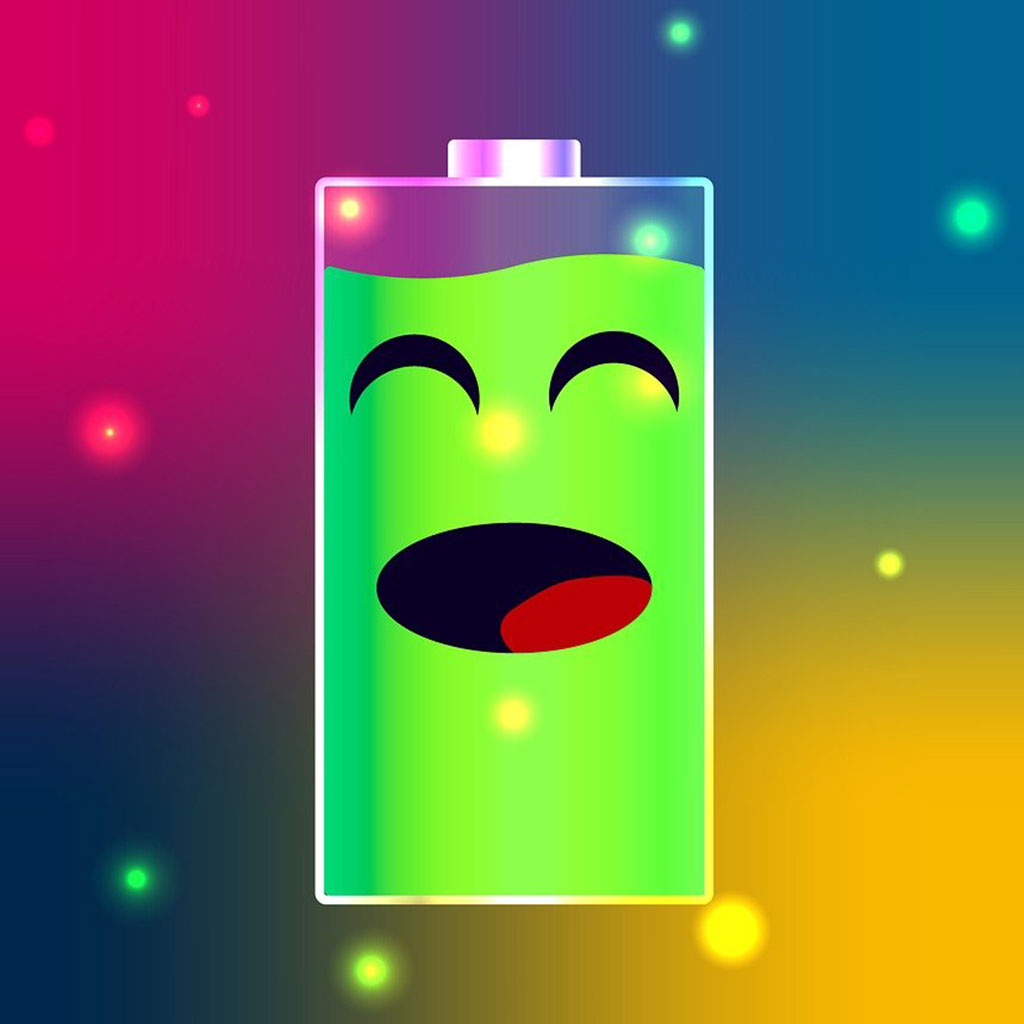Macbook: Does a Screen Saver Really save Battery?
Macbook: Does a Screen Saver Really save Battery?
Do you ever wonder if using a screen saver helps your Macbook conserve battery power? Many people believe that the energy required to run a screen saver saps their battery life, but is this really true? In this article, we’ll explore the science behind screen savers and whether they really have an impact on your Macbook’s battery life. We’ll also look at some tips to help you get the most out of your device’s energy efficiency. Read on to learn more!
What Do Screensavers Do Exactly?
Screensavers were first developed to protect CRT (Cathode Ray Tube) displays from screen burn-in, which occurs when a single image remains on the screen for too long and causes its colors to permanently settle on the display. Since back then monitors mainly consisted of CRT displays, showing a moving screensaver was enough to keep the same image from getting burned into the monitor. Though they don’t necessarily serve much practical purpose anymore, they can still be found in many computer systems today.
Modern day monitors no longer suffer from screen burn-in, due to advancements in technology such as LCD (Liquid Crystal Display) and LED (Light Emitting Diode) panels. However, screensavers can still be useful in other ways; some provide entertainment by displaying interactive 3D animations or games while others are used for security purposes like displaying clocks or password prompts upon resuming from idle time. Regardless of how it may be used, screensavers continue to provide great value across numerous platforms and operating systems.
Unlock the Secret Powers of Low Power Mode on your MacBook!
The Low Power Mode on the MacBook is a great way to extend your battery life without sacrificing too much. When you enable Low Power Mode, the brightness of the display will drop automatically which can make a significant difference in its power output. In addition, the system also directs all apps that are running to reduce their energy usage as much as possible without affecting their overall behavior and functioning. Some background processes might be disabled but you wouldn’t notice it if you’re using one task at a time such as video streaming or an online game. Furthermore, while this mode should not have any major impact on continuity features despite lowered transfer speed; internet processes and preloading may be put on pause in order to further reduce energy output.
In conclusion, activating Low Power Mode on your MacBook will give it some extra juice now and then especially when you need it the most. It won’t affect your active tasks significantly and with the display having dropped in brightness, energy savings along with performance and convenience remain uncompromised. Just remember to switch back once your laptop has been powered so that your system resumes normal activity right away.
Do screen savers actually save battery on a Macbook?
Screen savers have been a common feature in computers for years, designed to prevent screen burn-in on older CRT monitors. With the advent of modern display technologies, such as LED and LCD screens, the necessity of screen savers for avoiding burn-in has diminished. However, the question remains: does a screen saver really save battery life on a MacBook?
- Screen Saver Functionality: Screen savers are animations or static images that activate after a specified period of inactivity on your MacBook’s display. They are purely aesthetic and do not serve any significant purpose in saving battery life directly. When the screen saver is active, it merely shifts pixels around the screen to create visually appealing patterns or animations.
- Impact on Battery Life: In reality, screen savers can have a negligible effect on battery life. While they may slightly reduce the power consumption of the display by dimming or turning off pixels temporarily, the difference is usually minimal. Modern MacBook models are designed to automatically dim the display or put it to sleep after a short period of inactivity to save power efficiently.
- Actual Battery-Saving Measures: Instead of relying on screen savers to save battery life, MacBook users should focus on more effective power-saving practices. Here are some key tips to conserve battery power:
- Use Sleep Mode: When you are not using your MacBook, putting it to sleep or hibernation mode is more effective in saving battery life than relying on a screen saver.
a. Adjust Display Brightness: Lowering the display brightness significantly reduces power consumption and extends battery life.
b. Enable Energy Saver Mode: macOS comes with an Energy Saver feature that optimizes power settings and prolongs battery life. Activating this mode can have a noticeable impact on battery performance.
c. Manage Background Apps: Close unnecessary apps and processes running in the background to minimize CPU and GPU usage, thereby conserving battery power.
d. Disconnect Unused Peripherals: Disconnect external devices like USB drives, printers, or external displays when not in use, as they can draw power from the MacBook.
e. Monitor Battery Health: Keep track of your MacBook’s battery health using macOS tools to identify potential issues and replace the battery if needed.
Conclusion:
In conclusion, while screen savers were initially developed to prevent screen burn-in on older monitors, their impact on battery life in modern MacBooks is minimal. Rather than relying on screen savers to save battery power, MacBook users should focus on implementing effective power-saving measures like adjusting display brightness, enabling Energy Saver mode, managing background apps, and using sleep mode when the laptop is not in use. By adopting these practices, users can significantly extend their MacBook’s battery life and ensure optimal power efficiency.





You must be logged in to post a comment.